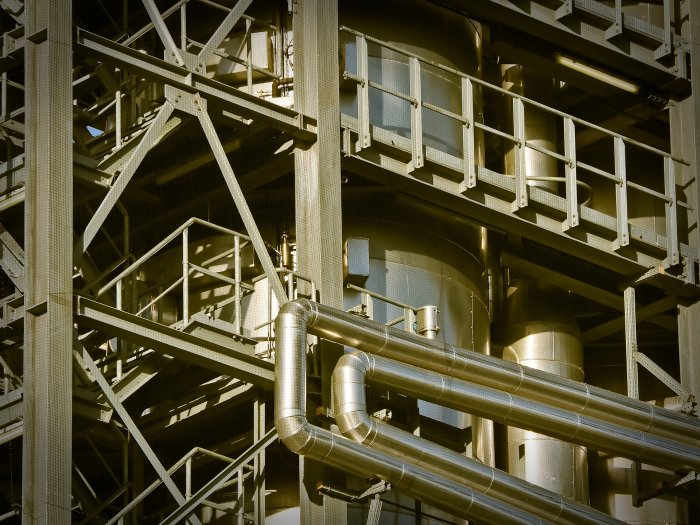Driving factors behind rise of logistics market and longer-term outlook

Lakatos, Köves, and Partners Law Firm
Shortly after the outbreak of COVID-19, the success of logistics and e-commerce began to dominate real estate news, while other sectors found they were facing new challenges and had to overcome various difficulties caused by the global pandemic. Uniquely, the coronavirus pandemic hit the different segments in very different ways. Capital city hotels and holiday resorts maintained by foreign tourism have been the most seriously affected, but second category offices and retail centers are also in a difficult situation. But what were the driving factors behind the rise of the logistics market and what is the outlook in the longer-term?
Lately, logistics was one of the most dynamically developing and pandemic-resistant sectors in the region and also worldwide, showing impressive growth numbers and preserving value. The swift upturn of this segment following the pandemic was beyond expectations. During the lockdown periods, the majority of retail and shopping centers were forced to close or faced measures that limited their visitors, which led to an increased demand for online retail.
Nevertheless, e-commerce is still considerably below the levels in the United States, United Kingdom or China, so there should still be room for growth. The impact of e-commerce on the logistics market results not only from the increased demand. It requires greater product variety, deeper inventory levels and additional logistics capacities to handle returned goods, requiring almost three times more logistics space than traditional commercial methods, also enhancing demand for additional warehouse spaces.
Additionally, the structural and strategic changes relating to the reassessment of supply chains are also favorable for the logistics sector (in certain industry sectors, the pandemic revealed the vulnerabilities of stretched manufacturing and supply chains and the disadvantages of dependence on single countries). The main goal is to create effective defensive strategies against potential future shocks on global supply chains, all bolstering the logistics market in the region.
As a result of the above, entirely new developments, as well as extensions of existing logistics parks, have been following one another in the past couple of months. Even some opportunistic real estate developers and non-core logistics market players have turned their focus to logistics and new participants have entered the market announcing significant new developments. In the last couple of years, acquisitions of existing logistics properties dominated the market, which was the approach preferred by investors due to the high construction costs and long building periods (the reclassification of lands from agricultural to commercial/industrial is a time-consuming process). Nevertheless, with the upturn of the market and construction costs becoming a little more reasonable, the number of new developments is progressively increasing and, apparently, developers are looking for new opportunities for future investments.
It has, however, become a major challenge to find the right development plot with the right attributes. Prime location assets around Budapest were always in the loop of investors and several logistics developers have built up their own land banks to be able to meet increased demand. Suitable plots are now a “scarce resource”, making it ever more challenging to find suitable opportunities. Several development plots that were previously off the radar screen for several years seem to be getting more attention, although these usually require substantial efforts and time if they are to become suitable assets for logistics developments.
It is hard to predict how customers will change their shopping habits once the pandemic is over and whether we will see a major setback in the penetration of e-commerce. It is also difficult to forecast how the logistics market will be affected once all the developments in the pipeline are completed and available for tenants. Nevertheless, the market is optimistic and the trend of increasing e-commerce, alongside the recalibration of production chains, could lead to a further increase in demand for logistics space and seems likely to maintain the current success of the logistics market.

SUPPORT THE BUDAPEST BUSINESS JOURNAL
Producing journalism that is worthy of the name is a costly business. For 27 years, the publishers, editors and reporters of the Budapest Business Journal have striven to bring you business news that works, information that you can trust, that is factual, accurate and presented without fear or favor.
Newspaper organizations across the globe have struggled to find a business model that allows them to continue to excel, without compromising their ability to perform. Most recently, some have experimented with the idea of involving their most important stakeholders, their readers.
We would like to offer that same opportunity to our readers. We would like to invite you to help us deliver the quality business journalism you require. Hit our Support the BBJ button and you can choose the how much and how often you send us your contributions.





KOENIGSHOFER%20MICHAEL_3zu4_PRINT-CUT-SMALLER.jpg)
-SMALLER-CUT.jpg)


